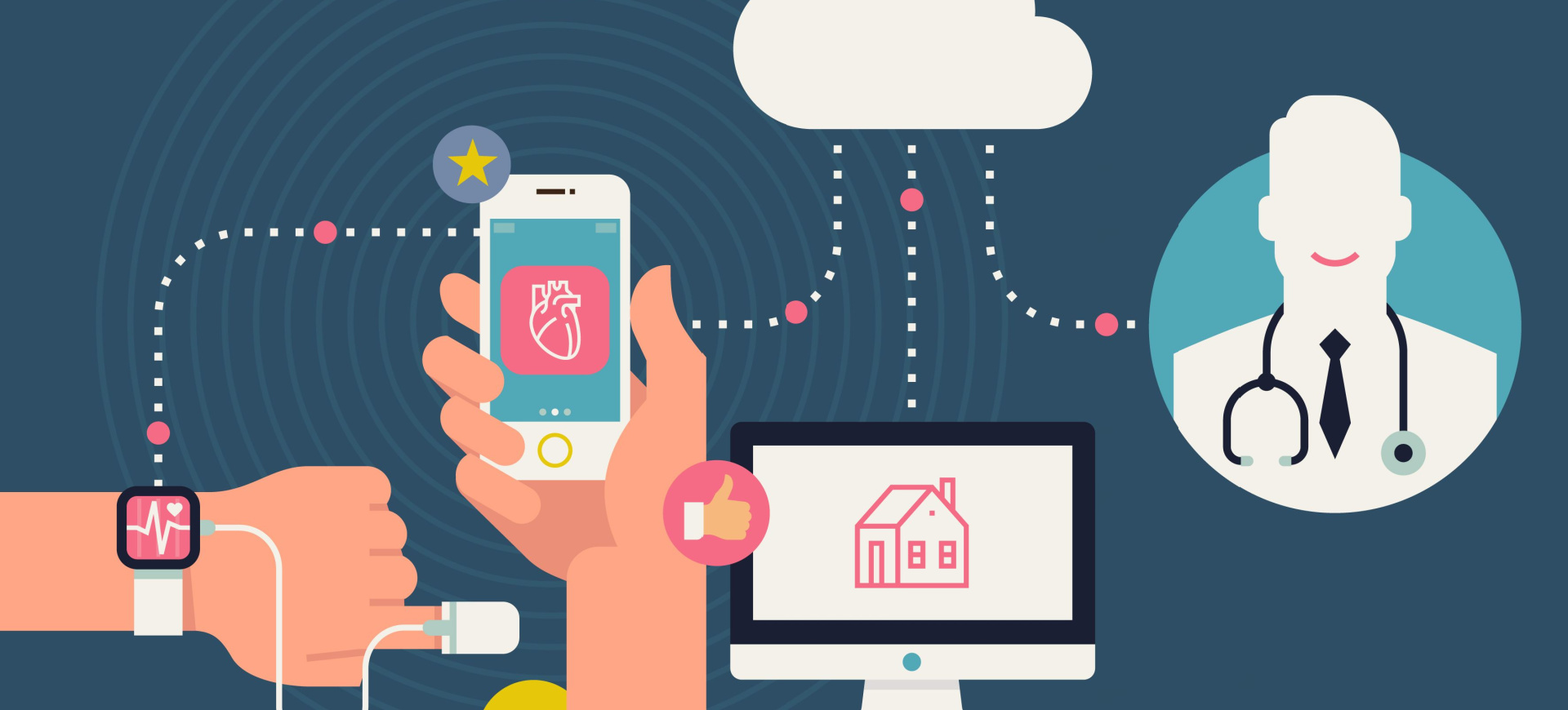Plugging into digital health
Digital health is a public health opportunity, but one that is predicated on political will and bold, forward-thinking leadership
The experience of countries around the globe in combating the Covid-19 pandemic has been heterogenous. Aside from innovations in diagnostics, immunisations and treatment, one novel health technology stands out as a game changer, when compared to prior pandemics: the mobile phone. Part of a quiet revolution that has been transforming the landscape of health systems for high- and low-income populations alike, digital health innovations have been at the heart of numerous national efforts to manage this global health emergency.
Success has been quite variable in how effectively countries leveraged ubiquitous phone ownership and widespread access to the internet to improve access to testing, track infections and transmission patterns, increase vaccine coverage, establish verifiable certificates of Covid-19 status, and fight disinformation and misinformation. Common factors across the most successful digitally responsive systems might arguably be the sophistication of the digital-enabling environment, appropriate governance and policies for health data and information systems, and, most importantly, the political will to use digital health solutions in a time of crisis.
Digitally enabling environment
Although few countries can currently boast a digitally ideal environment, several did have key components in place – ranging from the existence of a widespread national unique identifier system to carefully maintained, trustworthy and up-to-date registries of facilities, health workers and even centrally monitored stock levels of essential supplies of medicines and diagnostics. Prior to the pandemic, some countries had built or begun investing in national interoperability ‘backbones’, including clear interoperable standards for sharing aggregate or individual patient information across facilities and regions, linked to robust, connected and adaptable point-of-care digital systems. Local capacity for adapting software or generic reference applications – rapidly made available by the international community as ‘software global goods’ – was predicated on the existence of trained developers, informaticians and business process analysts. wThese professional cadres were capable of translating public health system needs into user-friendly software solutions that could scale up nationally, or regionally, and support changing public needs over the course of the pandemic as new scientific evidence became available.
Health data governance
In the early response to the pandemic, some countries encouraged digital health solutions to scale up rapidly by streamlining the review and approval process, or by clarifying classes of digital interventions that could be deployed without extensive oversight, including software functions such as symptom screening, referral and even wellness. Allowances were made, in some settings, for clinical providers to leverage digital channels previously not thought adequate for telemedicine consultations, which lowered barriers of technical complexity to allow for more widespread virtual access to providers under conditions of social distancing or mobility restrictions. In some geographies, the existence of strong privacy and health data protection laws fostered an atmosphere of public trust for digital solutions. The converse was true for countries where national data protection laws were either absent or weak, leading to low uptake and use of digital systems by citizens. Surprisingly, some countries with a high digital ‘opportunity’ (i.e., near-universal phone ownership, reliable networks and sophisticated technology ecosystems) have not been as successful in deploying some digital health solutions because of inadequate or absent digital health data policies and governance.
Political support
Lastly, the importance of political leadership and cooperation cannot be understated in bringing different stakeholders to work together, especially in a crisis. Digital health is characterised by the diversity of disciplines required for successful solutions to be developed, tested, implemented, monitored and maintained in real-world settings. Public-private partnerships and cross-sectoral collaboration have been at the heart of much successful implementation, leveraging the agility and capacity of private-sector technology to tackle large-scale problems of public importance. Although most countries today have successfully crafted national digital health visions and strategies, the resources required to implement these are not available. Digital health investments must now be seen as much more than stand-alone projects or programmes, but really as part of an infrastructural transformation of health systems. From increased efficiency and transparency to the speed with which health system performance data are available, numerous fiscal arguments can be made for robust financial support for digital health infrastructure. Bold, forward-thinking political leadership is necessary to realise a future of connected digitalised systems facilitating outbreak response and person-centred care to everyone, everywhere and every time it is needed.
Conclusion
The digital transformation of global health is inevitable. Lessons learned from prior decades of successes and, more importantly, failures, have helped to create a roadmap, enshrined in the World Health Organization’s Global Digital Health Strategy 2020–2025, which identifies the key milestones required for equitable progress. The Covid-19 pandemic provided the experience and evidence needed to convert even those sceptical of technology that digital innovation can improve the quality of individual care as well as help choreograph public health responses and continuity of care during a crisis. Enabling future pandemic resilience and stronger health systems through digital transformation is a technical challenge, but also a financial and political imperative.












